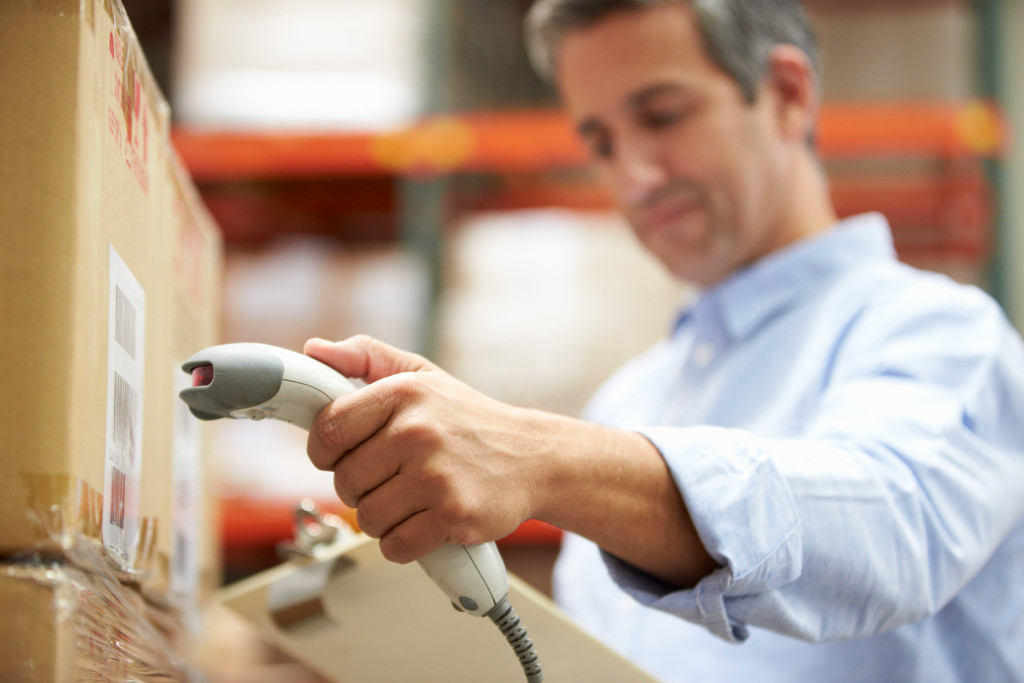As the COVID-19 pandemic continues to put immense pressure on global supply chains, digitalisation and automation in the logistics industry become more important. Various technologies enable companies to adapt rapidly to a swiftly changing situation in a way that would’ve been impossible a few years ago.
Whether you’re a local or national supplier or delivery service company, here are some logistics technology you should implement to navigate transportation difficulties while keeping everyone safe.
Telematics solutions
Some states have released temporary exceptions related to limitations on driver hours to ensure an adequate supply of critical goods amid a pandemic. But longer driving hours come with safety risks. The longer they are on the road, truckers are at risk of drowsy and distracted driving, which could lead to road accidents.
You can mitigate the risk of fatigued driving and other related incidents by using telematics solutions. These solutions can be easily integrated with existing apps and systems of your fleet, such as GPS. Use telematics to review hours worked and adjust the schedule accordingly, such as initiating a handover with another driver. Some solutions even collect data on closed rest stops to help truckers reroute efficiently.
Vehicle routing and scheduling (VRS) software
Rerouting shipments and redeploying assets in real-time can make any fleet more efficient, especially at a time where product demands and lockdown measures change quickly. With a VRS software, you can reroute drivers from their original plans to deliver to a distribution centre and instead drive directly to local stores. Decisions to move stagnant stocks can be easier and faster. Redeploying products from middle-mile drivers to another driver for final-mile delivery into a red zone can also be carried out smoothly.
Integrate VRS software into a fleet system with solutions that provide relevant data such as heat maps and geofences, and you can identify high-risk locations and provide real-time alerts for rerouting. Even in a post-pandemic future, these solutions enable logistics companies to be agile, productive and efficient.
Product sensors for critical items

The pandemic has caused panic buying, especially on critical items like hand sanitiser, face masks and cleaning supplies. The shortage and high demand for these products have increased the risk of theft, even when the products are still in transit. Once stolen, these items can be sold on a much higher price.
For improved product safety amid a pandemic, you must consider using sensors. Product sensors can be used within trailers, making it easy for the company to track the movement of the product and set alerts to drivers or other officials for any deviations or issues. You can also use these sensors for expensive items.
Logistics and fleet technologies are now more accessible than ever. Manufacturers and app developers will continue to innovate to help the supply chain survive the global disruption caused by the pandemic. So, as you navigate this new normal, invest in automation, data collection and other technologies that can help your company make smart, agile decisions not only on scheduling and routing but also driver safety.
